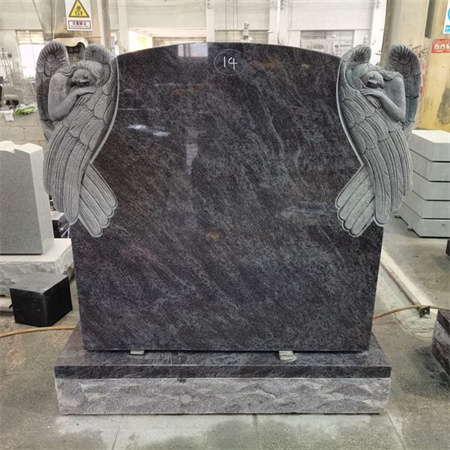Common Granite Types Used for Headstones

Common Granite Types Used for Headstones
Granite is one of the most popular materials used in the construction of headstones, and for good reason. It’s durable, timeless, and can be intricately carved to create memorials that honor the lives of loved ones. But not all granites are the same. There are different types, each with its own unique characteristics. Understanding these varieties can help families choose the most appropriate material for a headstone that will last for generations.

One of the most traditional and commonly used granite types for headstones is classic grey granite. This is the type of granite that most people imagine when they think of a gravestone. Its smooth, consistent texture and soft, neutral color make it a versatile choice that complements a wide range of cemetery designs. Classic grey granite is often chosen for its understated elegance. It can be polished to a high shine, giving the headstone a reflective surface, or left with a more natural, matte finish that blends well with its surroundings.
Black Granite
Black granite has become increasingly popular in recent years, thanks to its dramatic, sleek appearance. It’s an ideal choice for those looking for a more modern or bold memorial. The deep, dark hue of black granite provides a striking contrast against lighter surroundings, making it stand out in any cemetery setting. In addition, black granite is known for its high polish and can be easily engraved with intricate designs and personalized text. Though it may require more maintenance to keep its shine, its beauty and striking presence make it a top choice for many families.
Red Granite

Blue Granite
Blue granite is another striking option that offers a cool, calming aesthetic. Its subtle blue tones, often with flecks of grey and white, create a serene and peaceful feel. This type of granite is popular for families seeking a headstone that reflects tranquility and calmness. While blue granite is rarer than some of the other types, it’s highly prized for its unique color and sophisticated look. It also tends to hold up well over time, maintaining its natural beauty despite exposure to the elements.
Green Granite

Brown Granite
Brown granite, though less common than some of the other colors, has an undeniably rustic charm. It ranges from light, sandy browns to deep, almost chocolate-like hues. This type of granite is often used for headstones that are intended to blend with a natural or rural setting. Its warmth and earthy tones give it a grounded, comforting appearance that appeals to those looking for a more understated yet elegant memorial. Brown granite can be polished for a glossy finish or left with a more natural texture, depending on the desired aesthetic.
White Granite
White granite is another timeless option, often chosen for its purity and simplicity. It provides a clean, elegant look that is both soft and sophisticated. The light color of white granite makes engravings stand out clearly, and its smooth surface offers a high degree of polish, creating a radiant and reflective headstone. White granite’s ability to age gracefully and resist discoloration over time makes it an enduring choice, although it may require periodic cleaning to keep its brightness intact.
Conclusion
Selecting the right granite for a headstone is not only about aesthetics but also about choosing a material that reflects the personality and values of the individual it commemorates. Whether it’s the classic, timeless appeal of grey granite, the bold elegance of black granite, or the warmth and serenity offered by red, blue, green, or brown granites, each type brings something unique to the table. For those seeking a memorial that will endure through the years, granite offers the perfect combination of strength, beauty, and personalization.